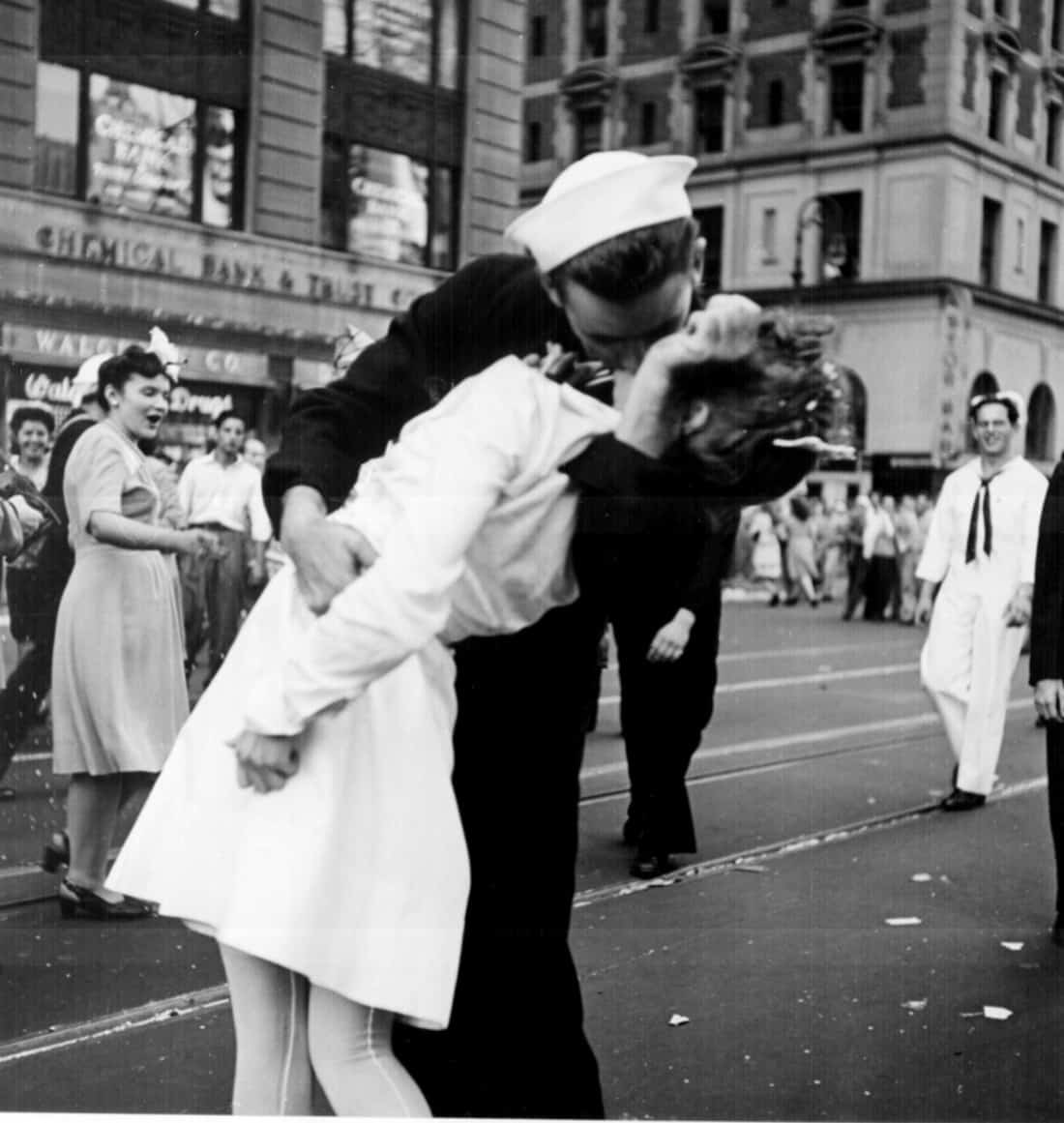More About Framing Streets
More About Framing Streets
Blog Article
Rumored Buzz on Framing Streets
Table of ContentsFraming Streets Can Be Fun For EveryoneIndicators on Framing Streets You Need To KnowSome Known Incorrect Statements About Framing Streets The Main Principles Of Framing Streets Unknown Facts About Framing StreetsThe 9-Minute Rule for Framing Streets
Photography style "Crufts Pet Show 1968" by Tony Ray-Jones Street digital photography (likewise often called candid photography) is digital photography performed for art or query that features unmediated opportunity encounters and arbitrary cases within public areas, normally with the objective of capturing photos at a definitive or poignant minute by cautious framework and timing. 
The Main Principles Of Framing Streets
Susan Sontag, 1977 Street digital photography can concentrate on individuals and their actions in public. In this respect, the road photographer resembles social docudrama photographers or photojournalists that additionally work in public locations, however with the purpose of capturing relevant occasions. Any one of these photographers' images may catch people and home visible within or from public areas, which often entails navigating honest problems and regulations of personal privacy, security, and residential or commercial property.
Depictions of day-to-day public life create a style in nearly every period of world art, starting in the pre-historic, Sumerian, Egyptian and very early Buddhist art periods. Art handling the life of the street, whether within sights of cityscapes, or as the leading theme, appears in the West in the canon of the North Renaissance, Baroque, Rococo, of Romanticism, Realistic look, Impressionism and Post-Impressionism.
The smart Trick of Framing Streets That Nobody is Discussing
Louis Daguerre: "Boulevard du Temple" (1838 or 1839) In 1838 or 1839 the initial photo of numbers in the street was recorded by Louis-Jacques-Mand Daguerre in one of a set of daguerreotype views drawn from his workshop window of the Blvd du Holy place in Paris. The second, made at the elevation of the day, shows an uninhabited stretch of street, while the other was taken at concerning 8:00 am, and as Beaumont Newhall reports, "The Blvd, so constantly full of a relocating crowd of pedestrians and carriages was flawlessly singular, other than a person who was having his boots cleaned.
, who was influenced to carry out a similar documentation of New York City. As the city developed, Atget helped to advertise Parisian roads as a deserving subject for photography.

Excitement About Framing Streets
Between 1946 and 1957 Le Groupe des XV each year exhibited job of this kind. Andre Kertesz. Circus, Budapest, 19 May 1920 Road photography created the major material of 2 exhibitions at the Gallery of Modern Art (Mo, MA) in New york city curated by Edward Steichen, Five French Professional Photographers: Brassai; Cartier-Bresson, Doisneau, Ronis, Izis in 1951 to 1952, and Post-war European Photography in 1953, which exported the idea of road digital photography internationally.

The Ultimate Guide To Framing Streets
The recording machine was 'a covert video camera', a 35 mm Contax concealed beneath his layer, that was 'strapped to the upper body and linked to a long wire strung down the right sleeve'. His job had little modern effect as due to Evans' level of sensitivities about the originality of his job and the personal privacy of his subjects, it was not released up until 1966, in the publication Lots of Are Called, with an introduction created by James Agee in 1940.
Helen Levitt, then a teacher of young youngsters, related to Evans in 193839. She recorded the transitory chalk illustrations - Street photography that became part of youngsters's street culture in New york city at the time, along with the kids that made them. In July 1939, Mo, MA's new digital photography section consisted of Levitt's operate in its inaugural eventRobert Frank's 1958 book,, was substantial; raw and often indistinct, Frank's images examined traditional photography of the time, "challenged all the formal policies put down by Henri Cartier-Bresson and Pedestrian Evans" and "contradicted the wholesome pictorialism and wholehearted photojournalism of American magazines like LIFE and Time".
Report this page